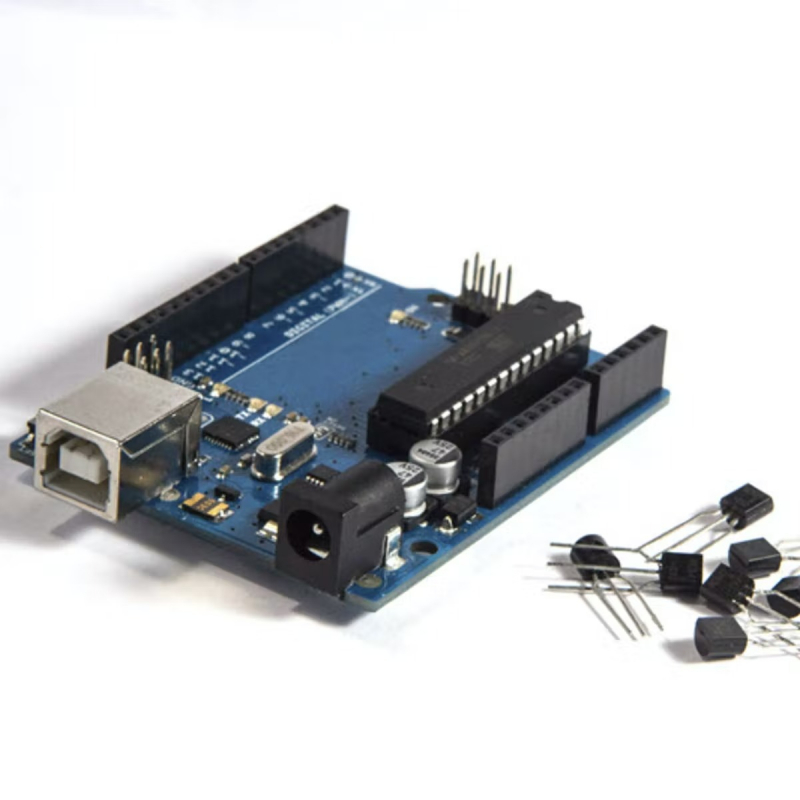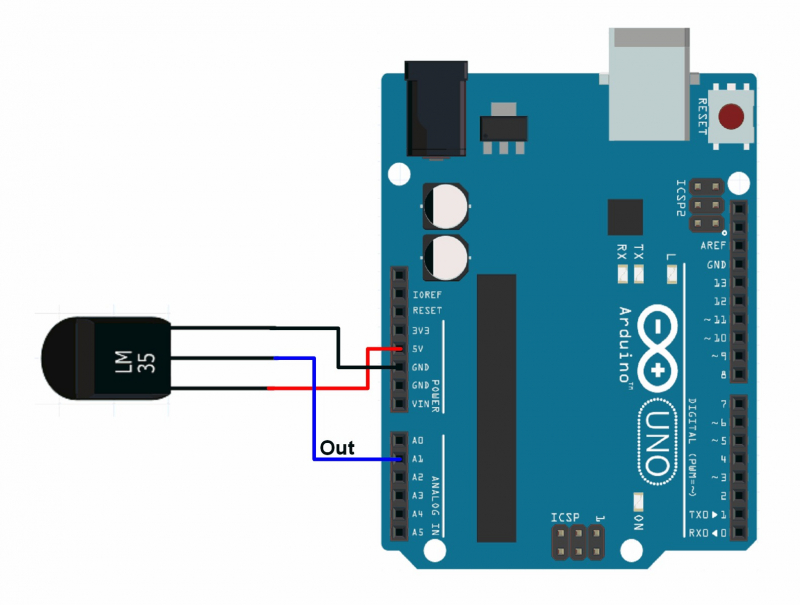Interfacing with the Arduino

By accepting information from add-on devices like sensors, Arduino can perceive its surroundings and control its surroundings by modifying motors, lights, and other actuators. You will learn how to utilize the various types of sensors and when to connect them to the Arduino in this course.
You will discover how these signals are transformed back and forth because the outside world utilizes continuous or analog signals while the hardware is digital and how this must be taken into account while programming your gadget. Additionally, you'll learn how to communicate with the outside world using shields designed specifically for Arduino and software libraries for them. Please be aware that there are no discussion forums in this course.
ABOUT THIS COURSE:
- Flexible deadlines: Reset deadlines based on your availability.
- Shareable certificate: Get a Certificate when you complete
- 100% online: Start now and learn when it's convenient for you.
- Course 3 of 6 in the: Specialization An Introduction to Internet of Things Programming
- Approx. 11 hours to complete
- Subtitles: Arabic, French, Portuguese (European), Italian, Vietnamese, German, Russian, English, Spanish
Rating: 4.7/5
Level: Beginner
Cost: Free enrolment
Duration:14 hours (approximately)
Enroll here: coursera.org/learn/interface-with-arduino









